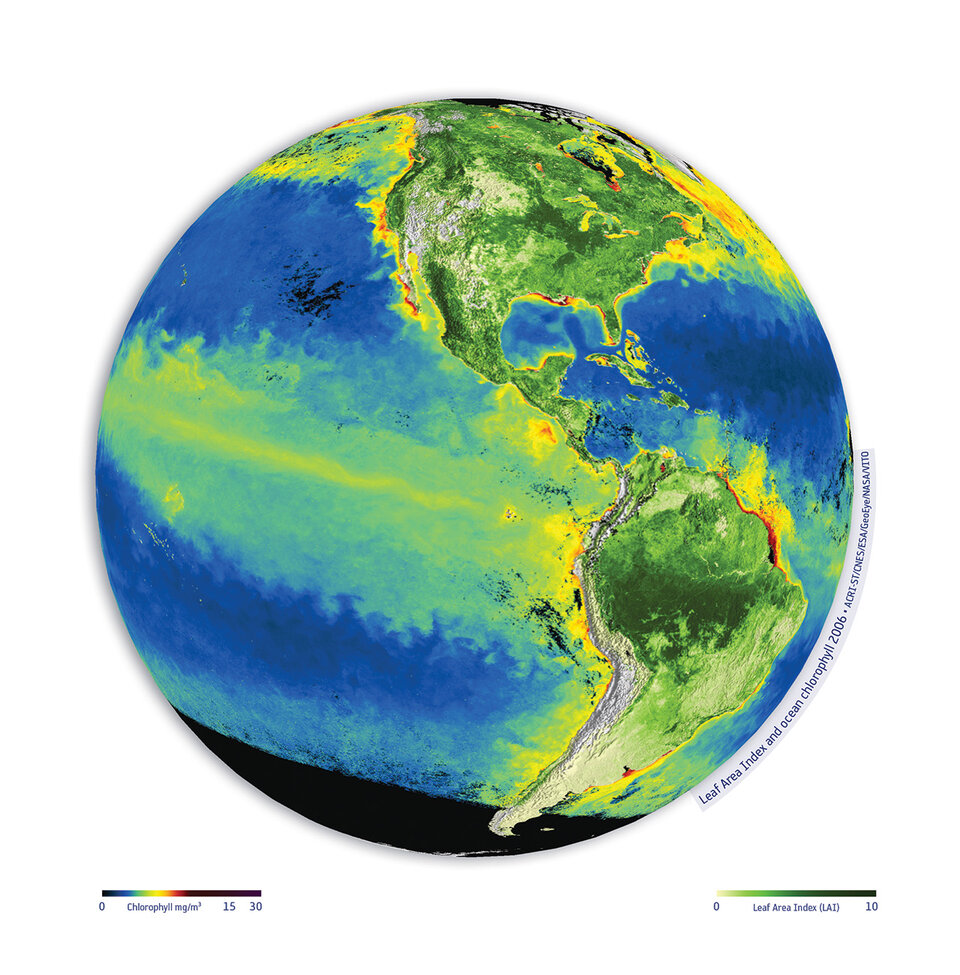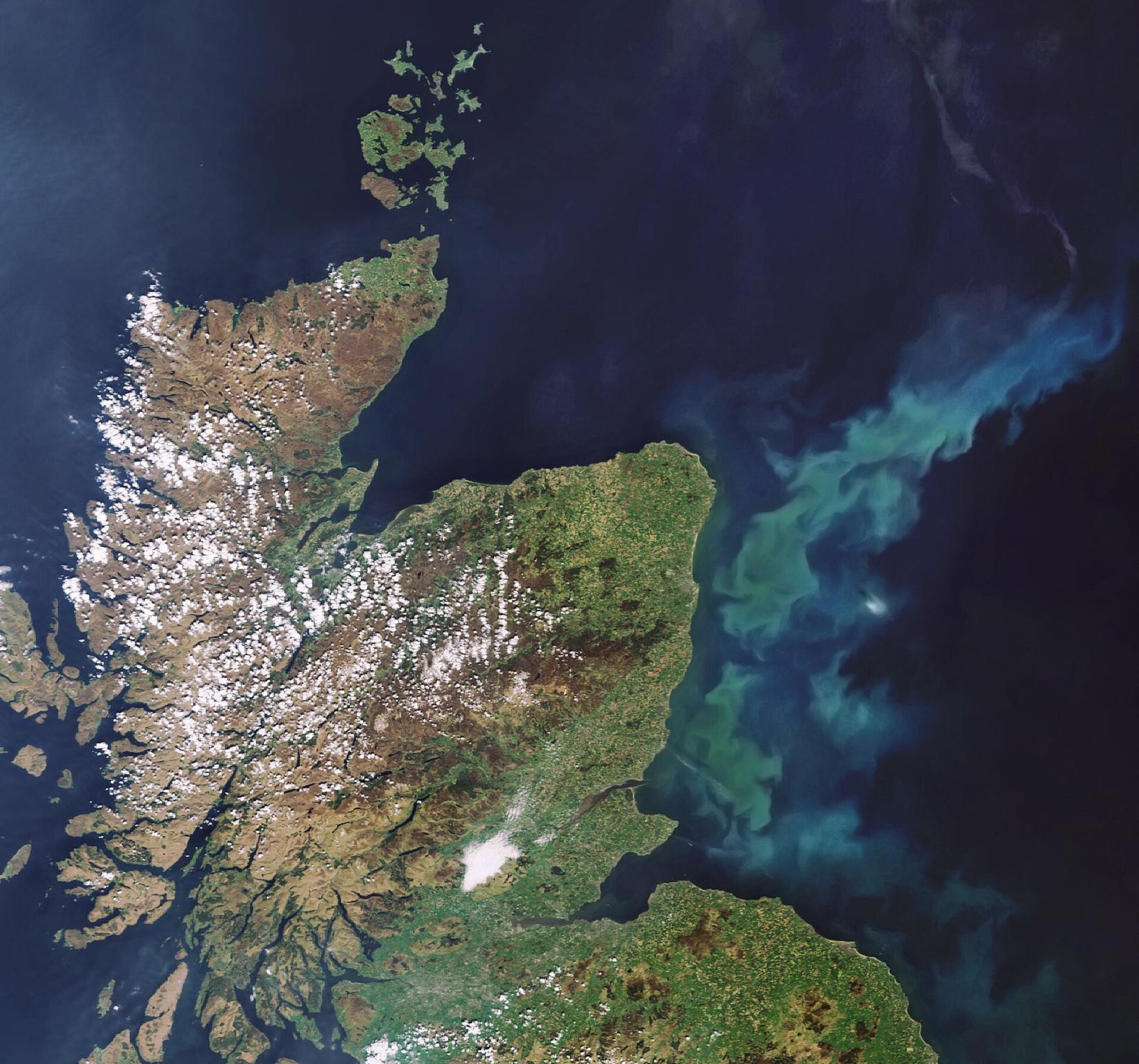Countdown to the Living Planet Symposium
With ESA’s largest scientific event of the year just nine months away, the deadline for abstract submissions is fast approaching.
Organised with the support of the UK Space Agency, ESA will host the Living Planet Symposium on 9–13 September in Edinburgh, UK.
At the event, scientists and users will present their latest findings on Earth’s environment and climate derived from satellite data.
It will also provide an opportunity to introduce missions in development from ESA – such as the Sentinels, Earth Explorers and meteorological missions – as well as from national space agencies.
The deadline for the submission of abstracts is just around the corner. Interested parties need to send in their ideas for papers and posters by 15 February for the Scientific Committee’s review. For more information, visit the symposium website.
The symposium is open to anyone interested in remote sensing or involved in the development and exploitation of Earth observation missions. This includes ESA Principal Investigators, co-investigators, Sentinel users, scientists, students, representatives from national, European and international space agencies and value-adding industries.
The event follows the previous symposia held in Bergen (2010), Montreux (2007) and Salzburg (2004).

At the 2010 symposium – which saw more than 1400 scientists and users – ESA’s Earth Explorers GOCE, SMOS and CryoSat took centre-stage. The first global gravity model based on GOCE satellite data was presented, along with early results from the SMOS mission on microwave radiation and the first ice-thickness data from CryoSat.
This year, scientists will report on the new results from these missions and look ahead to the next Earth Explorer mission, Swarm, which will provide information on Earth’s magnetic field.
Recent advances in the generation of consistent, long-term records of Essential Climate Variables and on confronting observations and climate models will also be presented.
In addition, the operational services made possible with the upcoming Sentinel series of satellites will be introduced, with focus on the readiness and launch of the Sentinel-1 mission.
Sentinel-1 is a polar-orbiting, all-weather, day-and-night radar imaging mission, to be used mainly for land and ocean services. It will ensure the continuity of C-band synthetic aperture radar (SAR) data, building on ESA’s and Canada’s heritage SAR systems on ERS-1, ERS-2, Envisat and Radarsat.
The Sentinels, being developed under Europe’s Global Monitoring for Environment and Security (GMES) programme, will provide the data to help decision-makers manage the environment, understand and mitigate the effects of climate change and ensure civil security.






